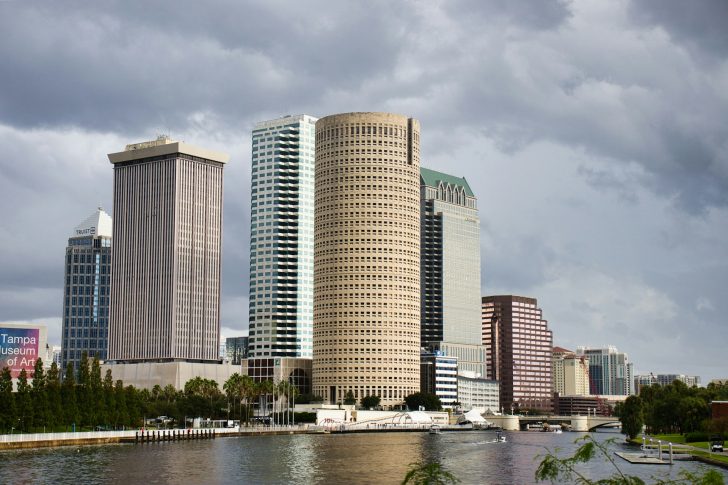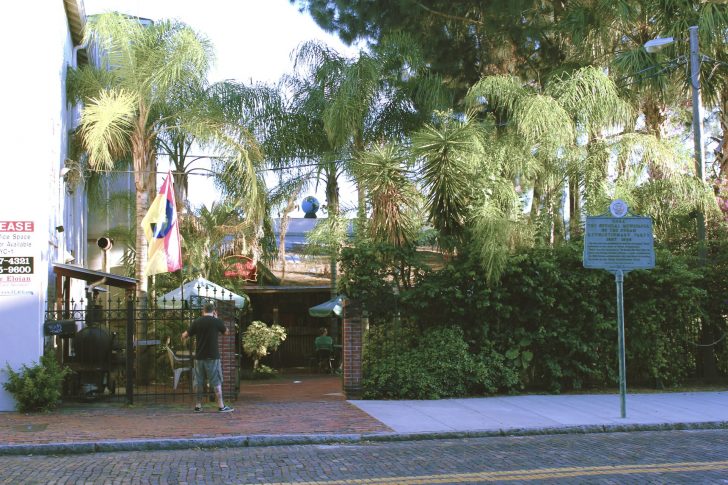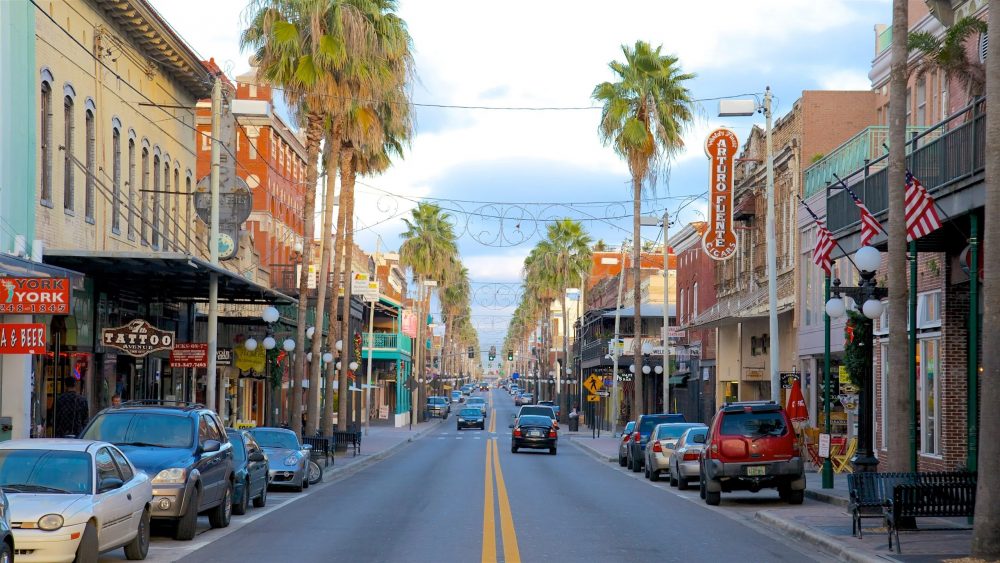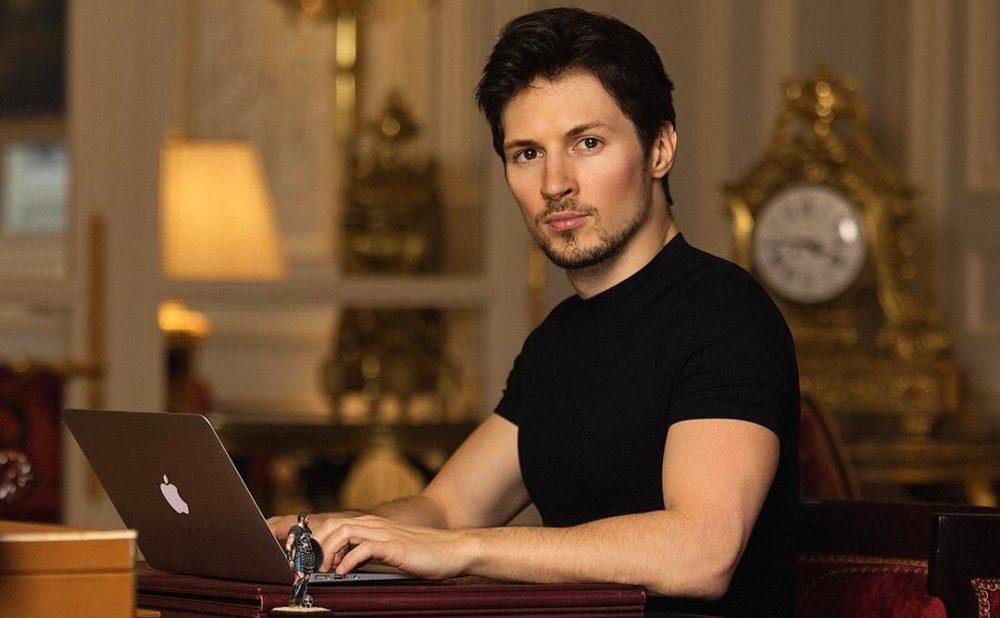Ybor City is more than just a Tampa neighborhood. It is a living, breathing story of grit, smoke, and survival. At 140 years old, it still pulses with the energy of the immigrants and entrepreneurs who built it from scratch. Once known as the “Cigar Capital of the World”, its streets echo with the rhythm of machines, the voices of artists, and the footsteps of curious travelers.
Let’s rewind and see how this once-scrubby patch of land turned into one of the most fascinating places in Florida:
How Ybor City Got Its Spark
Back in 1885, Vicente Martinez Ybor and Ignacio Haya were chasing freedom from labor disputes and unstable politics. Guided by a tip from businessman Gavino Gutierrez, they landed in Tampa. It wasn’t the guava trees Gutierrez originally sought. But the landscape and climate checked all the boxes for cigar making.
The spot they picked, just northeast of downtown Tampa, had the right blend: access to Cuba by sea, steady rail connections, and thick, humid air that kept tobacco leaves soft and easy to roll. In no time, factories were rising from the sand. Ybor City was born, and in 1887, it officially joined the city of Tampa.
Ybor City Becomes Cigar Royalty
The first cigar rolled off the table in 1886. That single act launched a booming industry. Ybor City quickly attracted Cuban, Spanish, and Italian immigrants. These were trained artisans. Cigar rollers, called torcedores, treated their work like art. No two cigars were the same.

Paws / Unsplash / By the early 1900s, Ybor City’s factories were pumping out over 500 million hand-rolled cigars every year. Tampa had a new name: Cigar City.
But it wasn’t just about cigars. Ybor made sure his workers had roots. He sold them small homes (casitas) that lined the neighborhood. This sense of ownership made the area feel more like a village than a workplace. People built clubs like El Círculo Cubano and Centro Asturiano, where they could access healthcare, enjoy theater shows, or simply socialize with others from back home.
Culture You Could Taste, See & Hear
Ybor City wasn’t just a mix of accents. It created something entirely new. Italians, Cubans, Spaniards, Germans, and even Chinese immigrants brought their customs and food. This mashup led to something unique: Tampa’s own Latin culture.
Even the now-famous Cuban sandwich was born here. It was a practical solution, which was hearty, affordable, and easy to pack for long days in the factory. But it stuck around because it was delicious. That blend of cultures lives on today in the city’s flavors, music, and traditions.
The Crash That Nearly Erased It
Good times don’t last forever. When the Great Depression hit in the 1930s, people stopped buying luxury cigars. Jobs vanished. Even after World War II gave the economy a boost, machines had started doing what humans used to. The pride of the hand-rolled cigar faded fast.

Wendy / Unsplash / In the 1960s, construction of Interstate 4 cut straight through the neighborhood, wiping out rows of historic buildings.
People left. Businesses shut down. Ybor City looked like it was going to become just another forgotten district.
But something happened in the late 1980s. Artists started moving in. Rent was cheap, and the old brick buildings made for great studios. Soon, bars, clubs, and cafes followed. 7th Avenue, once dusty and silent, lit up again. This time, with neon.
Ybor City was named a Community Redevelopment Area in 1988. That brought targeted investment. The city cleaned up the streets, restored old landmarks, and helped private businesses move in. History met nightlife. The district found its second wind.
Today, Ybor City stands as one of just three National Historic Landmark Districts in Florida. You can still catch a master roller making cigars by hand at shops along 7th Avenue, now recognized as one of the “Great Streets in America”.




